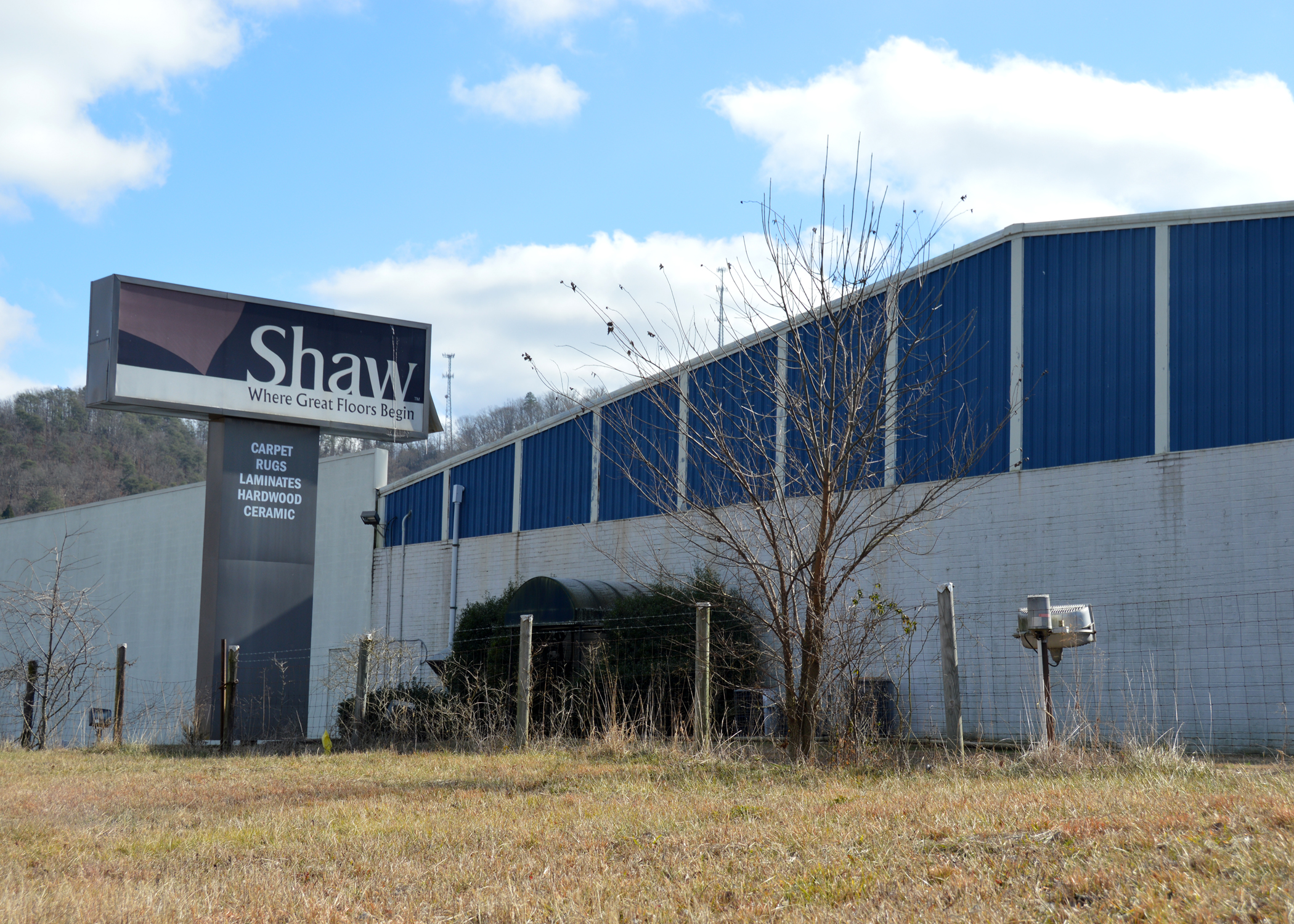Flooring powerhouse Shaw Industries surprised analysts on Monday with an announcement that the company will exit the $2 billion area rug business and bolster its domestic presence in the luxury vinyl tile market.
The lynch-pin of its $100 million strategy is a plan to retool the company's Ringgold rug plant through 2014 and re-open the same building in the first quarter of 2015 as a new vinyl plant, using brand new technology. The facility's 400 employees will be absorbed into many of the 600 open jobs created at Shaw to meet demand for its carpet products this spring.
Shaw will give up an estimated $119 million, about 2 percent of its revenues, in annual rug sales by walking away from a business in which it is the fourth biggest, according to an analysis by Floor Focus magazine. But in light of mounting competition from foreign firms and shrinking margins to retailers like Walmart, Home Depot and Lowe's, the rug business no longer makes economic sense, said Vance Bell, CEO of the Dalton, Ga.-based company.
"You've really got tremendous import competition in the rug market from all around the world, plus you've got a very concentrated retail channel, kind of consolidated around the mass merchants and home centers," Bell said. "The combination among those two things just doesn't make a very good business model for us. It's not a good model."
Contrast that with luxury vinyl tile, a market that has grown by leaps and bounds during the recession, as U.S. consumers bought up increasingly realistic vinyl flooring that effectively mimics wood, tile and other surfaces.
Long supplied by European manufacturers such as Belgium-based IVC and others, flooring producers of late have moved to save money by locating their plants in the United States, where exchange rates, decreased shipping costs and cheaper labor can make a big difference. Shaw has used outsourcing to produce some of its products for the last three years, but decided that a Ringgold plant would better meet the needs of what Bell expects will be a growing market for at least the next three years.
"We just think that having manufacturing here is just going to allow us to be more integrated in it, have a faster turnaround, more control over R&D and a better product," Bell said.
The company has put its money where its mouth is, hiring 3,000 U.S. workers in 2013 to replace some of those laid off during the recession, with plans to continue adding workers through 2014 in growing sectors like vinyl.
Shaw isn't the only flooring manufacturer with designs on the luxury vinyl tile market. Competitors like Mohawk Industries, Mannington Mills, Armstrong World Industries, and IVC US have all announced that they will build new vinyl flooring plants this year.
"The reason it's taking off is because of this digital imaging technology that's come out," said Kemp Harr, publisher of Floor Focus magazine. "It allows people to make a synthetic floor that very closely emulates hardwood or stone. You can get a lower priced floor that's much cheaper than hardwood, stone or tile."
In a strange twist of market economics, rug manufacturers will actually face improving fortunes in Shaw's absence, in part thanks to the increased focus on hard surfaces that drive sales of the rugs that cover them, and because of the decreased competition, Harr said.
"As hard surfaces take share from wall to wall carpet, buying a rug is one of the first things people do," Harr said. "They find out that the surface is acoustically bright and not cozy, and they end up putting an area rug on it."
The happy reality for consumers -- and the tragedy for U.S. manufacturers -- is that prices have continued to plummet in spite of strong demand, Harr said. At one time, a average-sized woven rug cost $500. Over the course of the recession, manufacturers have allowed retailers to negotiate that price down to about $249, Harr said.
"Manufacturers have let the retail channel, especially the big guys, come to them and dictate what they're willing to pay, and what we came up with is price erosion," Harr said.
Contact staff writer Ellis Smith at esmith@timesfreepress.com or 423-757-6315.

